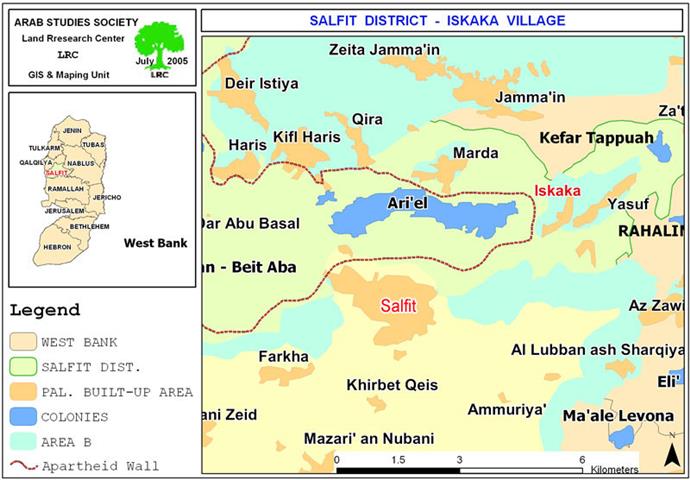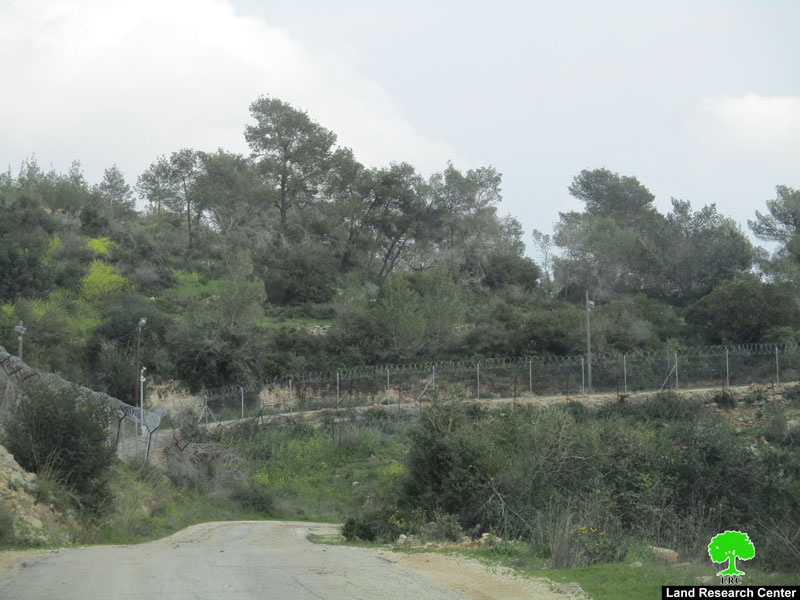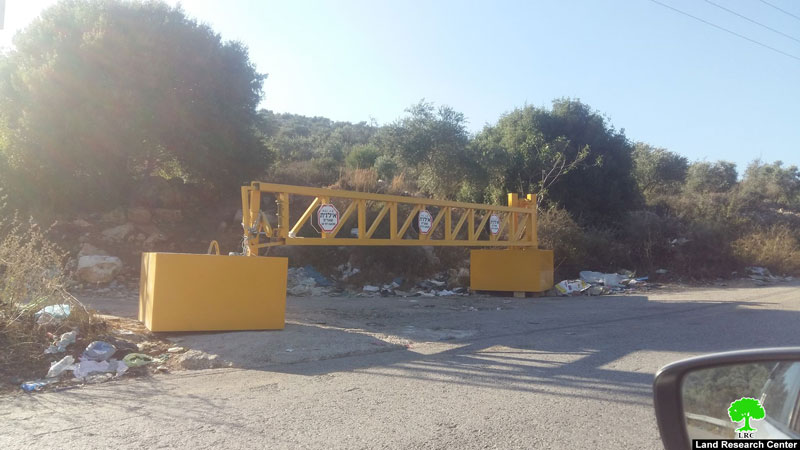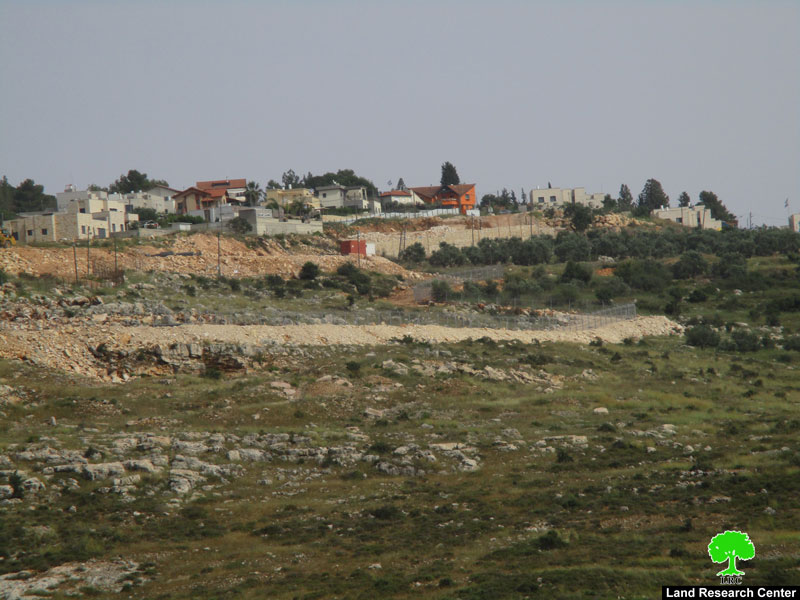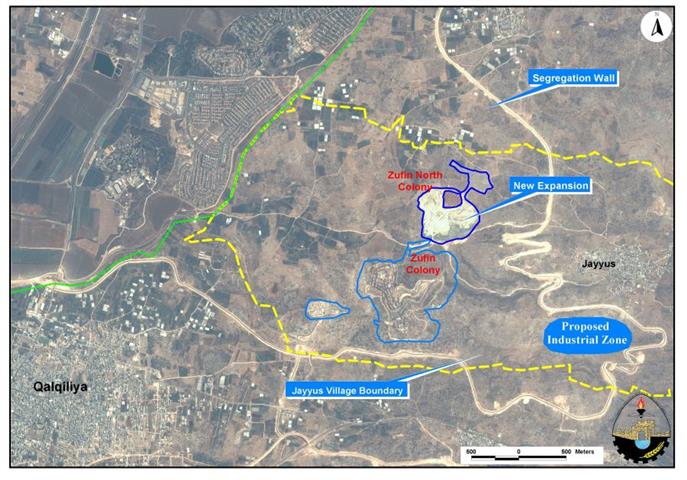Introduction
Salfit, the capital of olives, is formed of 18 villages and towns. The city Salfit is the central point of activities and services in this small Governorate. Like other Palestinian cities, Salfit has faced successive Israeli violations, the most of which is the establishment of Ariel settlement to the north of the city. Today, Ariel is the second largest settlement in the West Bank and occupies 5000 dunums of lands seized from the Palestinian villages of Kafl Haris, Iskaka, Marda and Yasuf. The settlement's population exceeds 20000 settlers today.
The settlement has two big industrial zones considered by Palestinians a source of pollution and contamination in the area. Recently, the Israeli government decided to build a university inside the settlement in breach of its responsibilities as an occupying power. See Map 1

Map 1: Location of Salfit and Iskaka
No respect for Israeli court decisions
At the beginning of year 2004, and as part of the plans to construct the Segregation wall, the Israeli occupation authorities decreed the confiscation of 220 dunums from Iskaka village lands and another 267.4 dunums from Salfit city lands. These two confiscation decrees constituted the first stage of Wall Construction around the settlement of Ariel. Following protests and legal actions on part of Palestinian citizens and foreign solidarity groups, the Israeli high court issued a preventive decision on June 16th, 2004, demanding the suspension of all works until further notice. See Photo 1 & Photo 2
Photo 1: Military order # T/45/04 stipulating the confiscation of 267.4 dunums. .
Photo 2: the Israeli high court's decision on June 16th, 2004..
At the beginning of 2005, constructions on wall resumed, but stopped soon following a series of protests and legal objections on part of Palestinian citizens. As a result a second preventive decision, whose text is similar to the previous one, was issued on May 5, 2005 by the Israeli high court to stop constructions. But Israeli bulldozers resumed works in the wall at the outset of June, 2005 and ignored the court's decision. See Photo 3
Photo 3: a copy of the Israeli high court's decision on February 10th, 2005.
Impacts of Wall constructions on Salfit, Iskaka and Yasuf
If wall constructions continue in the city of Salfit and Iskaka village, an environmental, planning and economic disaster will be inflicted on people and lands, some of which are listed as followed:
1. The wall will block any Palestinian expansion and natural growth towards the north. For Salfit city, the wall will confiscate or separate as much as 6500 dunums of private lands out of 27000 dunums.
2. Salfit's current built-up area is only 4000 dunums which fails short to cater for future population growth estimated annually at 3.5%.
3. There is no possibility for expansion towards the south or the east because of the hard topography of the area which requires huge assets to make it suitable for any type of construction or businesses.
4. The construction of the Segregation Wall will lead to the total devastation of about 500 dunums of lands under its path. These lands, in reality, are cultivated with almost 3500 olive trees whose ages dated back to hundreds of years. In addition to the 6500 dunums expected to become separated behind the Wall with a total of 15000 long lived olive trees. By so doing, Salfit governorate will loose its main source of livelihood which constitutes about 25 % of Gross National Product of olives and olive oil.
5. The wall will cut Salfit city form its periphery by closing all roads and entrances to it, especially the northern and eastern ones. Such a situation will force people to travel long, dangerous and costly distances to reach their destinies.
Prepared by
The Land Research Center
LRC


